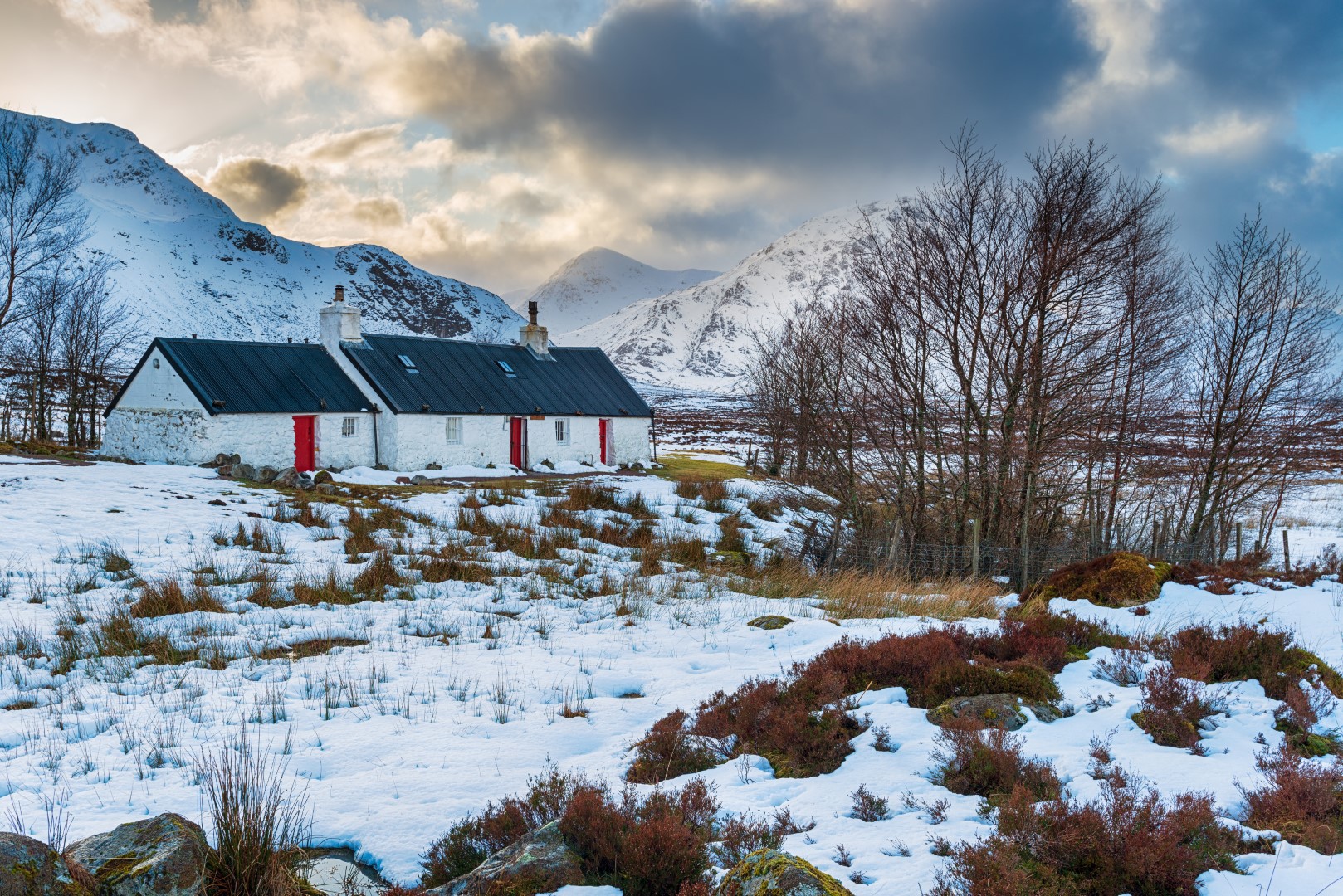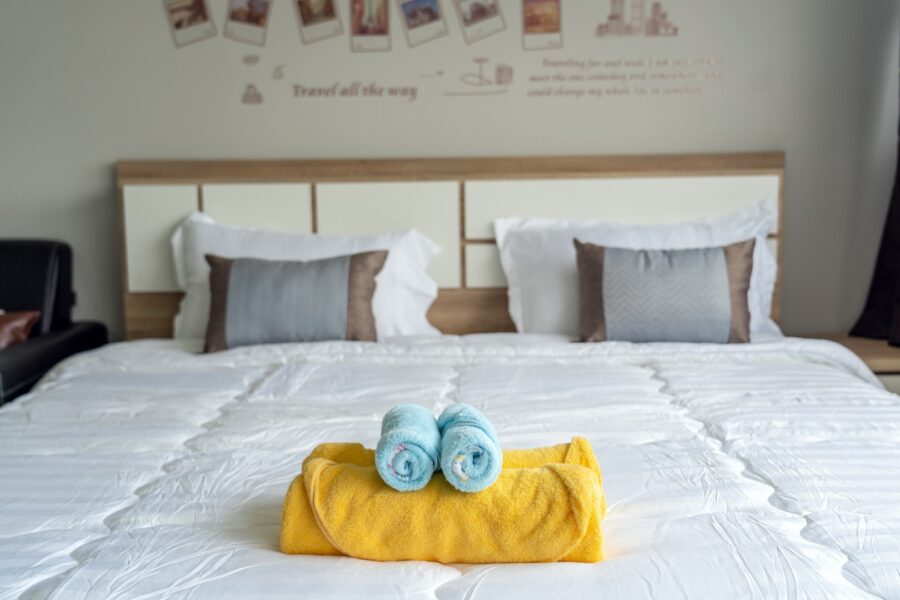Living in Scotland comes with the challenge of dealing with an unpredictable climate. With weather that can shift from sunny to rainy in a matter of hours, Scottish homeowners need to take extra steps to make their properties energy-efficient and comfortable year-round. Implementing just a few changes can help better insulate your home, reduce your energy bills, and keep things cozy regardless of what’s happening outside your windows.
Double Glazing and Triple Glazing
One of the best investments you can make for energy efficiency in Scotland is quality glazing. Single pane windows do little to prevent heat transfer and drafts. Upgrading to double-glazed or even triple glazed windows creates an extra barrier between your home’s interior and the elements outside. This added layer of insulation saves energy by reducing heat loss in winter and heat gain in summer. It also dampens outside noise pollution.
Double glazing typically refers to two panes of glass separated by a gap filled with air or gas. Triple glazing takes it a step further with three panes of glass for even more insulation. While triple glazing is naturally the most energy-efficient option, double glazing offers excellent improvements over single pane at a lower upfront cost. If you live in an older home that still has single pane windows, consider investing in double glazing upgrades. If you decide to replace your windows entirely, choose ones with triple glazing for optimal efficiency. An Ayrshire double glazing upgrade can pay for itself over time in energy savings.
Proper Insulation in Walls, Attics, and Floors
Another key element of an energy-efficient home is proper insulation. Having adequate insulation in your roof, exterior walls, and even floors helps retain conditioned air and prevent drafts. Use insulation with a high R-value, which indicates effectiveness at preventing heat transfer. Upgrade attic insulation to at least 300 mm thickness. Fill cavity walls with insulation foam or bats. Insulate under floors above unheated spaces like garages. Top up the insulation in your roof if it’s lacking. Well-insulated structures maintain interior temperatures far more efficiently, allowing your heating and cooling systems to work less to keep things comfortable.
High Performance Doors and Windows
Along with multiple panes of glass, the overall quality of your doors and windows also affects energy efficiency. When shopping for new exterior doors, look for solid wood or insulated metal options that form a tight seal between the door’s frame and surrounding wall. Quality weatherstripping and thresholds help prevent air leaks and drafts. For windows, look for efficient framing like thermo or composite wood. Metal-clad windows also increase insulation. Certifications to look for include the British Fenestration Rating Council (BFRC) and ISO ratings of 7 or higher for windows. The tighter the seal, the better.
Strategic Use of Shading and Landscaping
Another way to make your home more energy efficient is strategic use of shading and landscaping. Properly placed trees, shrubs, patio covers, awnings and other exterior shading devices allow you to work with nature. Deciduous trees planted on the south and west sides of your home provide cooling shade in summer and allow warmth from the sun in winter when the trees drop their leaves. Evergreen trees and shrubs placed as windbreaks help protect against prevailing winds and harsh weather. Patio covers and awnings placed strategically provide shade during the hottest months. Quality landscaping enhances insulation and gives you natural help in managing your home’s interior climate.
Efficient Heating and Cooling Systems
No home efficiency upgrade list would be complete without attention to your heating and cooling systems. An efficient furnace or boiler keeps your home pleasant during Scotland’s coldest stretches. Look for modern systems with a minimum 94% efficiency rating. Insulate all ductwork to prevent conditioning loss between central units and vents. Consider radiant heating systems which distribute warmth directly from hot water pipes.
In summer, fans and window units are only temporary solutions. An efficient central air system or heat pump keeps the interior air properly conditioned. Install a programmable thermostat to adjust the temperature based on your schedule and occupancy patterns. Schedule regular maintenance for all HVAC systems to keep things running at peak efficiency.
Alternative Energy Systems
For major energy savings, consider supplementing your main systems with alternative energy sources. Solar panels provide emissions-free electricity by harnessing the sun’s power. Wind turbines can also generate electricity, if zoning allows, and solar hot water heaters reduce your reliance on natural gas for domestic hot water. Geothermal heat pump systems use underground temperatures to heat and cool your home. Though the upfront costs are higher, alternative systems offer impressive efficiency over time.
Energy Efficient Appliances and Lighting
Don’t forget about everyday appliances and lighting when making energy efficient upgrades. Choose appliances with Energy Star ratings. Swap all light bulbs to LEDs which use at least 75% less energy than traditional incandescent bulbs. Install occupancy sensors, dimmer switches and timers to ensure lights are only on when needed. Simple upgrades like these cut daily energy consumption and show up as savings on your utility bills.
Smart Technology for Added Efficiency
Lastly, today’s smart home technology makes it easier than ever to control your home’s energy efficiency. Smart thermostats learn your schedule and optimize heating and cooling throughout the day. Smart lighting lets you customize illumination and set automatic shutoffs. Smart switches allow remote control of outlets and electronics to prevent phantom loads. Security systems detect occupancy, so you don’t waste energy heating or cooling an empty home. Appliances can also connect to Wi-Fi for remote access and control. The home automation options are truly endless for maximum efficiency.
In Scotland’s variable climate, a few upgrades go a long way in increasing comfort and efficiency. Invest in quality insulation, glazing, HVAC systems, and renewables. Take advantage of smart technology. Include weather and climate factors in your landscaping decisions. Small improvements make a noticeable difference in your home’s energy performance. With proper planning and upgrades, you can relax in comfort regardless of the weather outside.
Discover more from Futurist Architecture
Subscribe to get the latest posts sent to your email.




